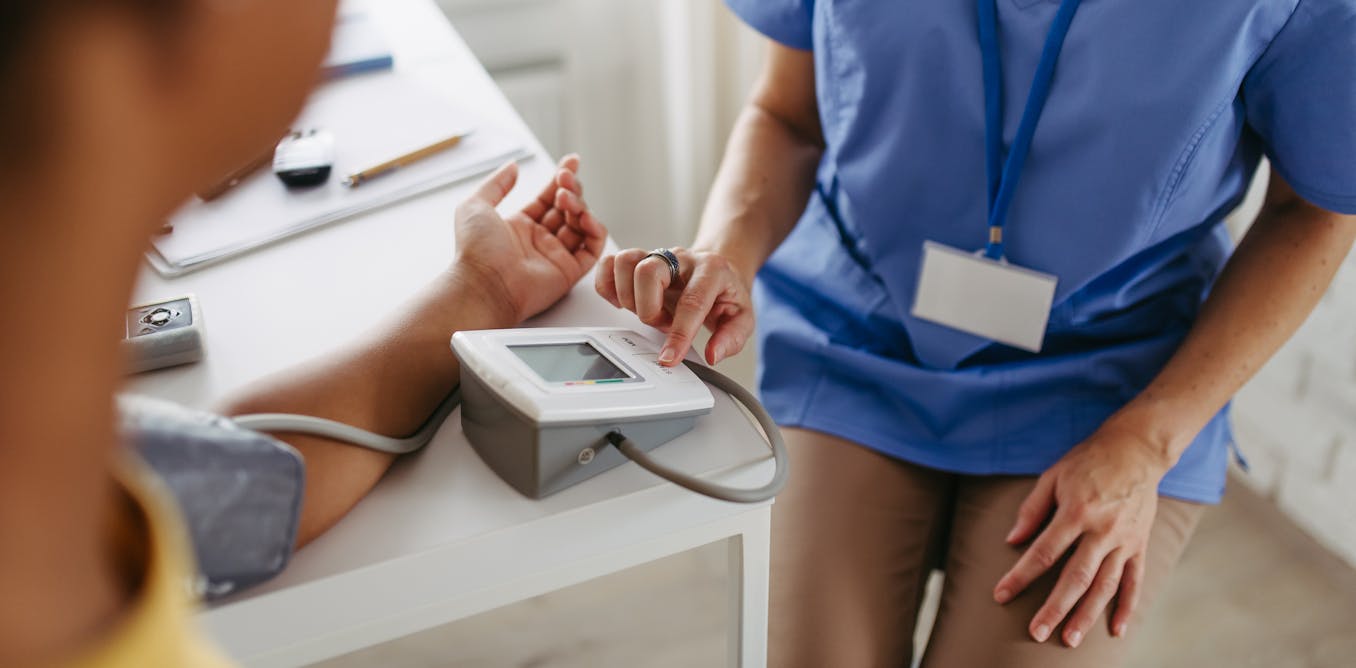SINGLE women are increasingly having babies without the help of men, figures show.
Solo mothers’ use of IVF or sperm donors is growing faster than among women with partners.
2

2
Human Fertilisation and Embryology Authority data showed the total of 4,800 patients was 3.5 times higher than 1,400 in 2012.
That compared to a 2.5-fold rise in lesbian couples, from 1,300 to 3,300, and a four per cent increase for heterosexual couples, to 47,000.
The proportion of single women having fertility treatment has doubled to nine per cent of all procedures in 2022.
The HFEA said single women are 36 years old, on average, when they use the clinics.
Almost nine in 10 (89 per cent) IVF treatments in 2022 were among opposite-sex couples, the HFEA said.
But they highlight that single women and lesbians had the highest birth rates after undergoing treatment.
In 2022, one in six IVF cycles among lesbians was so-called “reciprocal IVF”, a fertility treatment option available for same-sex female couples and also sometimes referred to as shared motherhood.
It comes alongside a huge increase in egg freezing, with single women accounting for 89 per cent.
The figures add to a trend of women having children later in life, with many taking more time to focus on their careers or feeling they are not wealthy enough to have a child.
New mums in the UK are a record 31 years old, on average, up from 26 in the 1970s.
The HFEA report said many people who want to be parents struggle to get NHS funding for fertility help.
Man and woman couples were most likely to get assistance free on the NHS, while same-sex female couples were least likely.
Julia Chain, chair of the HFEA, said: “While the number of female same-sex couples and single patients having fertility treatment continues to rise, we continue to see lower rates of NHS-funded treatment.
“We encourage those who commission fertility services to review their eligibility criteria.
“We hope that this report will generate further discussion.”
Simon Blake, chief executive of Stonewall, said “change is far too slow” to remove barriers for LGBTQ couples.
He adds: “Unlike for heterosexual couples, 90 per cent of integrated health care boards in England require LGBTQ plus couples to self-fund at least six cycles of artificial insemination before they are eligible for NHS IVF treatment.
“This is simply unaffordable for many and means LGBTQ plus couples are often unable to start a family.”
About 16 per cent of lesbian couples and 18 per cent of single patients had NHS funding for their first IVF treatment, compared with 52 per cent of heterosexual couples aged 18-39.
For the first time, the report also highlights the proportion of families who are using surrogacy.
In 2022, heterosexual couples accounted for 39 per cent of surrogacy cycles, with “other family types” making up the other 61 per cent.
Surrogacy cycles accounted for 0.4 per cent of all IVF treatments in 2022.
How to have a baby on your own
As the number of single women having babies on their own increases, how can you do the same?
Here, we look at the ways this is possible.
- Sperm donor
One widely utilised option is the use of a sperm donor.
At a sperm bank, you have the opportunity to select a donor based on specific criteria, including genetic traits and personal characteristics.
Alternatively, utilising the sperm of a known donor, such as a friend, is another possibility, if both parites are happy to do so.
2. Egg freezing
For women wanting to delay motherhood or retain the possibility of having it in the future – either single or not – egg freezing is a viable option.
The process involves stimulating the ovaries with hormones to produce multiple eggs, retrieving the eggs through a minor surgical procedure, and then freezing and storing them for future use.
There are various reasons a woman may wish to freeze her eggs, including medical grounds. But it gives women the option to have a baby later in life, when fertility has reduced.
3. Intrauterine insemination (IUI)
IUI is a medical procedure where sperm is directly inserted into the uterus at the time of ovulation.
This method is relatively simple and minimally invasive.
It is the main treatment for single women who want a family, according to the HFEA.
A single woman would require the sperm of a donor.
4. IVF
In vitro fertilisation (IVF) involves extracting eggs, fertilising them with sperm in a lab setting, and transferring the embryo back into the womb.
It is a more complex way of having a baby because it involves stimulating the ovaries with hormones to produce multiple eggs.
IVF may be chosen when IUI is unsuccessful or in cases of specific fertility issues.
It is expensive and invasive but is also the most successful depending on your circumastances, the HFEA says.
5. Embryo freezing
If IVF results in multiple viable embryos, additional ones can be frozen for future use.
This allows for multiple attempts at pregnancy while avoiding repeated egg retrieval cycles.




